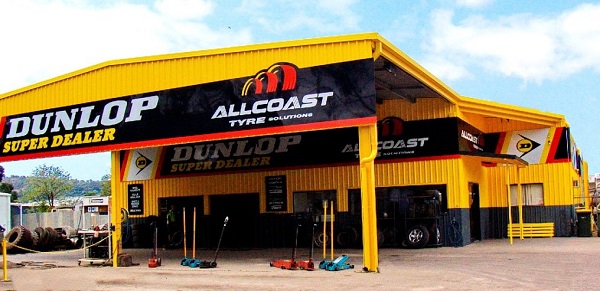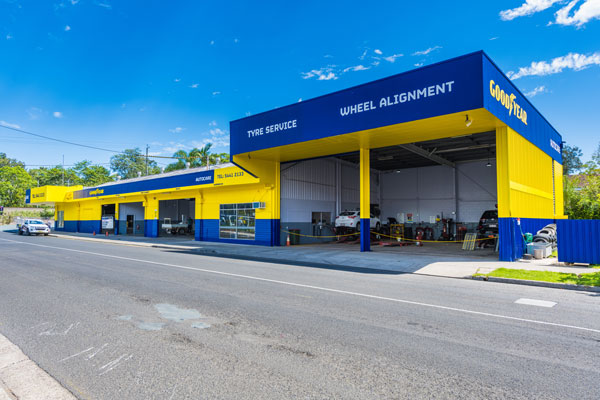
The Differences in Tyre Sizes
Tuesday 9 August 2022
Back to Latest News
Part of your responsibility as a car owner is to take good care of your vehicle. This includes making sure you have the right tyres for your application and that you do what you can to keep them in good shape and functioning optimally.
You may have looked at your tyres previously and noticed there are markings on the sidewall. However, you might not have any idea what these mean but are curious to learn more. These markings include important information you should know about tyre size, load, and pressure capacity. It’s in your best interest to always stick to the nominated tyre size from your vehicle’s manufacturer for the best results, which these markings indicate. Here you can learn more about the differences in tyre sizes and how to read tyre codes correctly.
The Terminology
When trying to better understand tyre sizes and car tyres in general, it will first be helpful to learn more about the terminology and what it all means. Below is a list of terms that will be useful in your goal to know more about tyres and the different sizes.

Example: 195/55R16 87V
| 195 = Width | 55 = Aspect Ratio | R = Radial Tyre Construction | 16 = Rim Diameter | 87 = Load Rating | V = Speed Rating |
Width: This is the section width of your tyre measured in millimeters. It is calculated taking into account the measurement from sidewall to sidewall.
Aspect Ratio (also called Profile): This is the height of your tyre. It’s determined starting with the base of the tread and measuring to the rim, as a percentage of the tread width. You’ll find smaller aspect ratios on low profile tyres.
Tyre Construction: This is the method that is applied to construct your tyre. The most common method for passenger tyres is R, for radial ply construction.
Rim Diameter: The rim is measured in inches and is the diameter of the wheel rim. This is the size you will require if you’re purchasing wheels for existing tyres.
Load Rating and Speed Rating: This indicates the maximum load capacity in which your tyre can and will safely operate, as well as at what speed. This holds true when the tyres you have are in good condition, are fitted correctly, and have the recommended inflation pressure.
OD: This is measured in millimetres and is the overall diameter of your unloaded tyre.
Type Definitions
Abbreviations that offer information about the type of tyre you have. Below are some examples.
RFT - Run Flat Technology
LRR - Low Rolling Resistance
RBT - Raised Black Letters Tubeless
TL - Tubeless
XL - Extra Load
LT - Light Truck construction
C - Commercially Rated
How to Read the Tyre Sizes
Now that you know where to find your tyre size and some of the related terminology, it’s time to dive a bit deeper into the differences in tyre sizes and how to read them. The first number you’ll see in your tyre markings is the width of the tyre in millimetres. This will be followed by a slash and a number that confirms the height which is reflected as the percentage of the full tyre width.
Next, you’ll see a letter such as R. This letter indicates the variety of tyre. The majority of tyres today are radial type. It’s rare but you may come across tyres that are B (bias belt) and D (diagonal) as well. Alongside the letter is another number which is the wheel rim diameter stated in inches.
The final number is the load index and the letter following it corresponds to the tyre speed rating, such as V. You can find the tyre speed rating by looking up a tyre speed symbol table.
Additional Information on the Sidewall
There’s also additional information on the sidewall that you’ll see and will want to know more about. You’ll notice that there’s a company brand listed, the model/Pattern type, the allowed maximum operating inflation pressure, and the maximum load carrying capacity. Domestic regulatory authorities dictate additional information that you’ll see included on tyres from international manufacturers.
Shopping for the Right Tyres
Shopping for new tyres can be tricky and a bit confusing at times. However, here at All Coast Tyres Sunshine Coast, we make the task easy and painless. We will help you make an education decision on the right tyre for your budget, driving style and application.
All Coast Tyre Solutions is a local family-owned and operated business, serving customers for over 25 years. Our services include tyres and wheel alignments for your passenger, 4WD or Vintage Vehicles as well as taking care of all your tyre needs for other vehicles like trucks and buses. Our skilled and trained staff and team can assist with all your passenger and 4x4 tyre needs such as rotation, wheel alignments, repairs and replacements. Contact us today to learn more.




